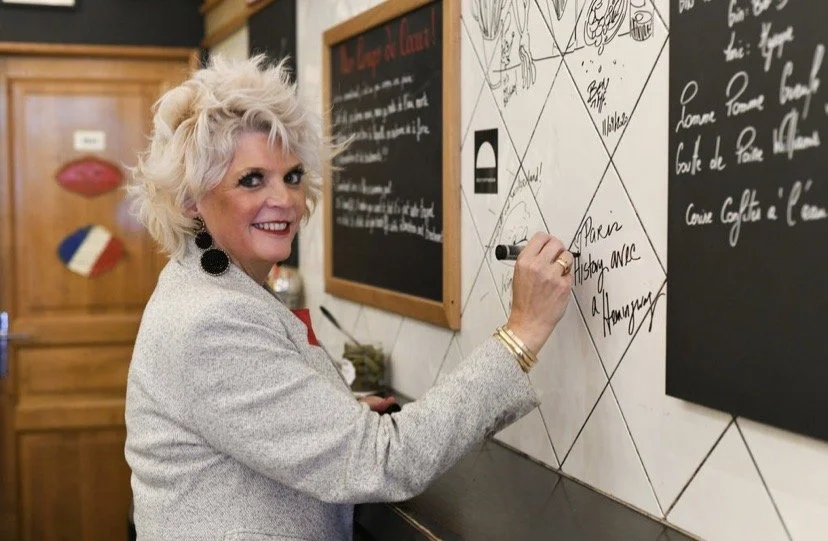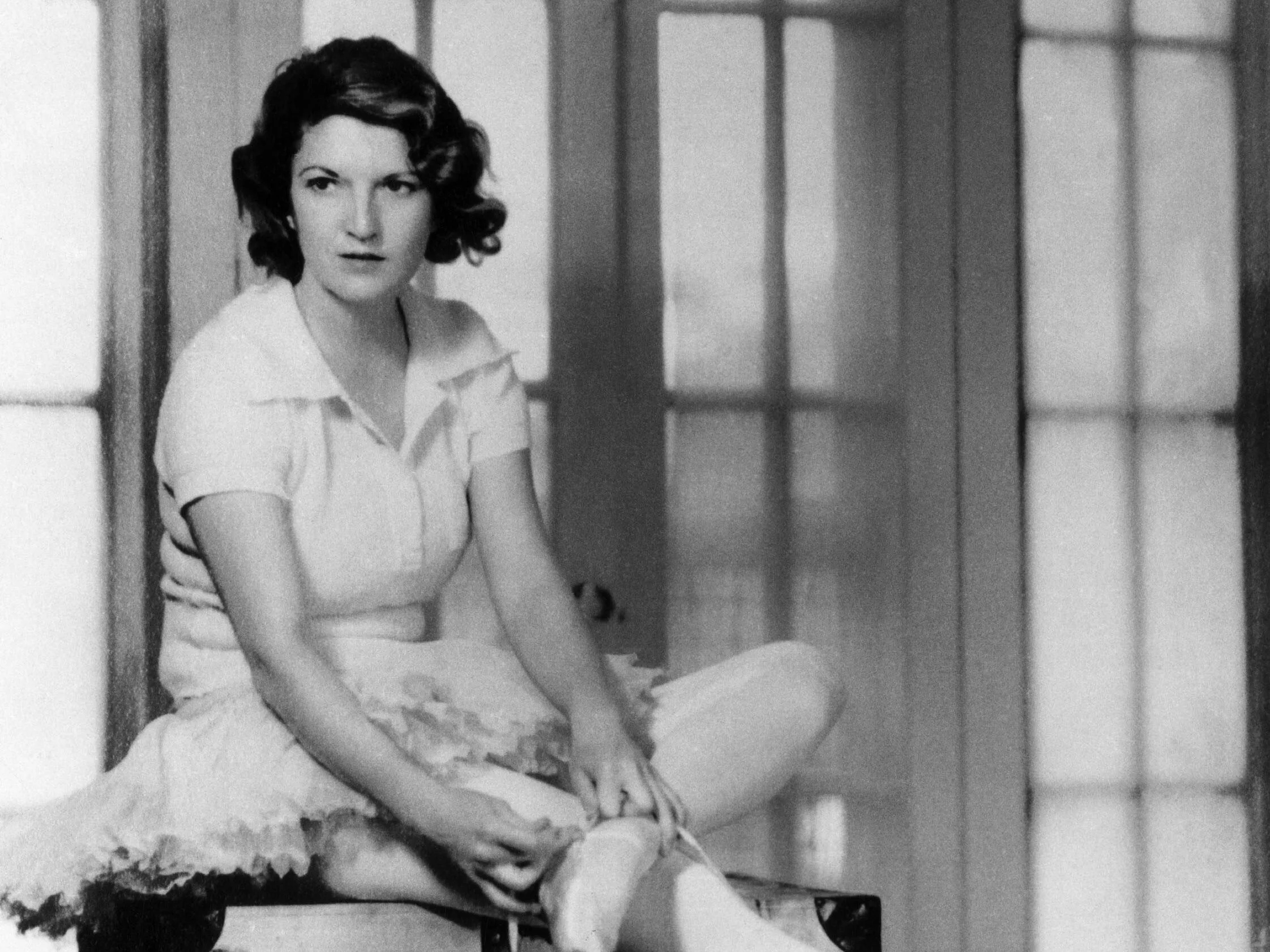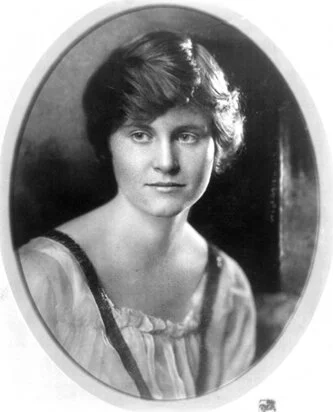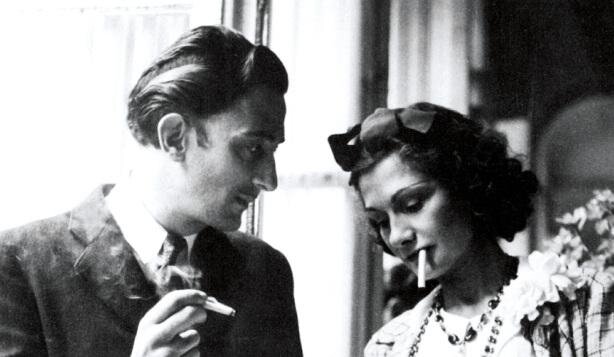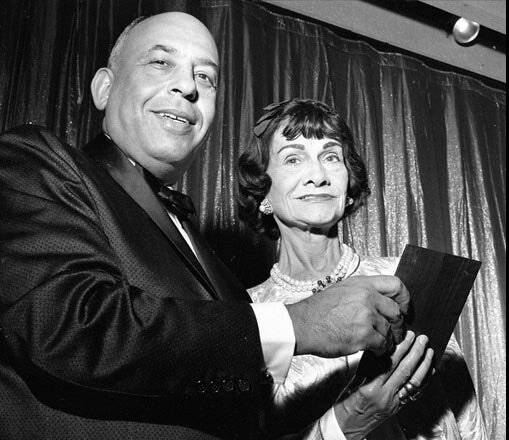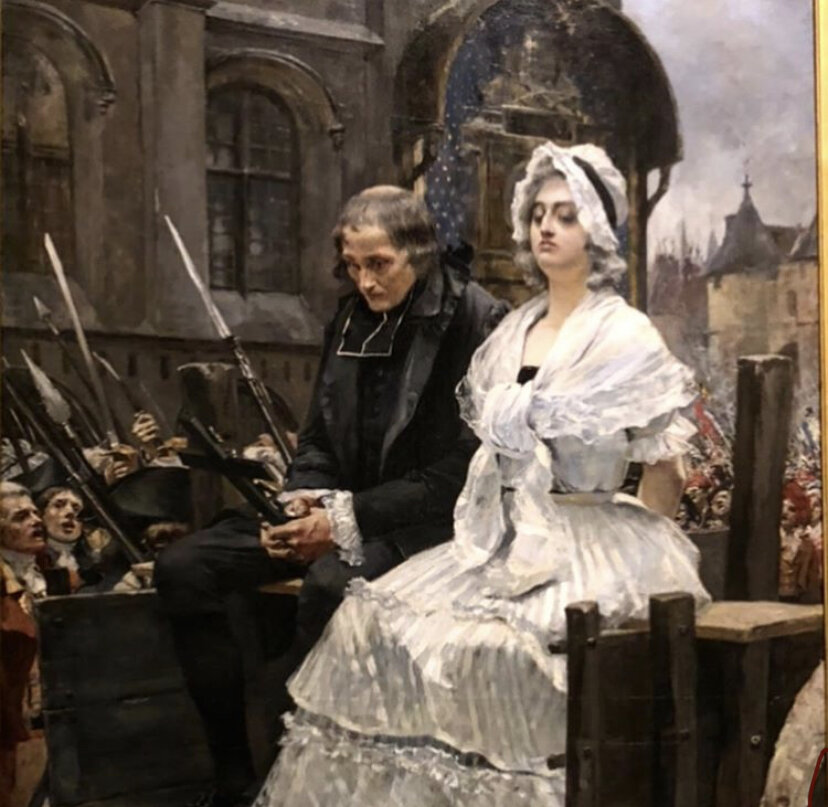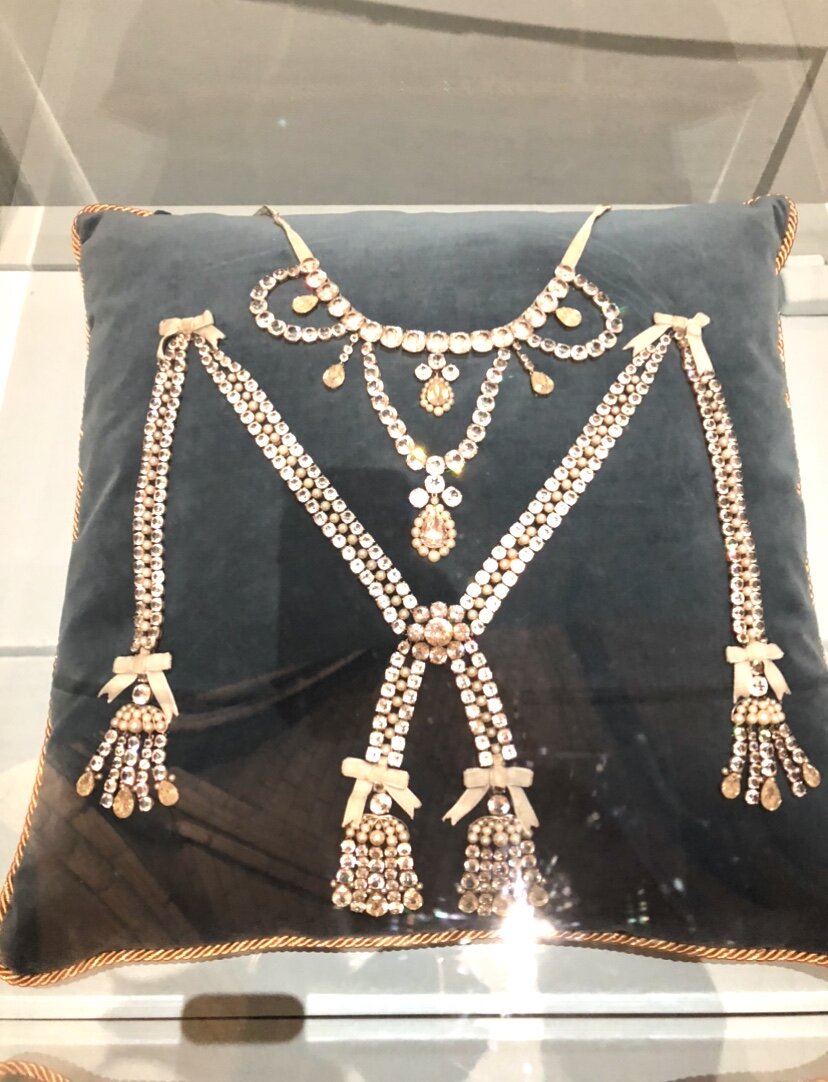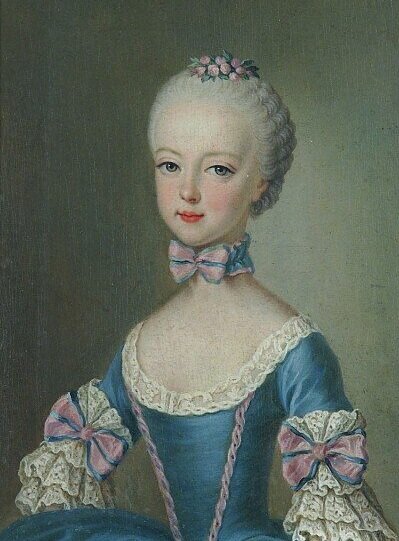Berthe Morisot, one of the few women of the Impressionist Movement, with her dark locks and stunning gaze, was the perfect model for Édouard Manet. However, she would become an artist in her own right stepping behind the canvas to create paintings that showed everyday family life, forging her own path among the male dominated Impressionists
Born on January 14, 1841 to a wealthy family, her father was the prefect but also studied at the Ecole des Beaux-Arts in Paris. Her mother was the niece of the Rococo master Jean-Honoré Fragonard, she was born with art running in her veins. In 1852 they moved to Paris and her parents let Berthe and her sister Edma take art lessons from Joseph Guichard.
The two girls visited the Louvre as art students and spent their day copying the great masters under the watchful eye of Guichard. One day artist Henri Fantin-Latour took his friend Édouard Manet to the Louvre to meet the Morisot sisters who were copying a Rubens painting. It would be the start of a very long friendship.
Following Manet’s shocking of the Parisian Salon with Olympia and Déjeuner sur l’herbe he was looking for a new model, and Berthe would have everything he wanted. In 1868, Manet painted The Balcony for which Berthe would pose after much apprehension. Being a model for an artist was not the profession for a woman of society in Paris at the time. Continuing to work with Manet for six years, he would capture her many times including his hauntingly beautiful painting, Berthe Morisot with a Bouquet of Violets that can be seen in the Orsay. Painted in 1872 Morisot is in black mourning attire after her father's death. You almost miss the violets as you are so drawn to her striking face. Morisot and Manet had a relationship built on great respect and love between two artists. I can stand in front of this painting for hours and lose all track of time.
In the summer of 1874, Manet’s brother Eugène spent time painting in the country with Berthe. On December 22, 1874 the two were married, joining her to the Manet’s forever. The marriage gave her the luxury of time to focus solely on her art. Painting the simple moments of a woman’s everyday life and those between a mother and child often outside under the trees or in an open field. Her soft inviting images and lighter colors moved away from Manet’s style and rivaled that of many of the men of the Impressionist movement.
1874 was also the first exposition of the Impressionist Painters at 35 Boulevard des Capucines in the former studio of photographer Nader. Of the 29 artists that exhibited, Morisot was the only woman. With more than 20 pieces on display she would leave quite the mark on visitors. Although, at the time it still wasn’t acceptable to be an artist for a woman in those days, she was protected by her fellow Impressionist artists. Later in that year at an auction at the Drouot auction house, twelve of her works were up for sale. It caused a scandal and one viewer even called her a prostitute. Fellow artist and friend Camille Pissarro took such an offense he punched the man.
Julie Manet, their only child was born on November 14, 1878 would be the subject of many of her mother’s paintings as well as her uncle Edouard and also dear family friend Renoir. Her young life was well documented on canvas and thankfully we are able to see her grow up. When Julie was just 5 years old, Eugéne Manet died of syphilis, the same thing that took his brother and father. He was just 59 and Julie would have a wide group of “uncles” that would look after her. Degas, Monet, Renoir and poet Stéphane Mallermé were always close if they ever needed anything.
Sadly three years later Berthe would also die on March 2, 1895 at 54 years old. It is normally mentioned that she died of pneumonia as she was also nursing her daughter who was suffering the same illness. However, her husband's death of syphilis is thought to be what actually ended her life, but kept it hidden to protect her reputation.
Morisot would be buried in the Manet family tomb at the Passy Cemetery in the Trocadero in the shadow of the Eiffel Tower. With her husband Eugène and brother in law Édouard, the two artists would spend eternity together Through Julie and a large family of artists that looked after her, Berthe’s art lived on. Whether she was in front or behind the canvas she was an amazing woman who we are lucky to enjoy today.
You can find many of her pieces in the Musée d’Orsay , Petit Palais and the Musée Marmottan Monet where you can also find some of the sketches Manet did of her.
Support my writing and stories of Paris by joining my Patreon page and get lots of extra goodies including discounts on my tours in Paris, trip planning and custom history just for you. Patreon link in bio.

